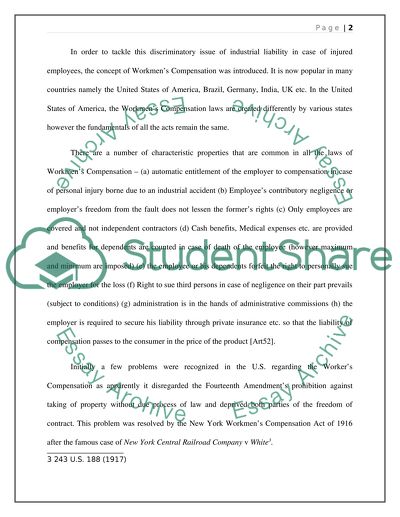Cite this document
(“Aspect of the law and engineering Research Paper”, n.d.)
Retrieved from https://studentshare.org/family-consumer-science/1412029-aspect-of-the-law-and-engineering
Retrieved from https://studentshare.org/family-consumer-science/1412029-aspect-of-the-law-and-engineering
(Aspect of the Law and Engineering Research Paper)
https://studentshare.org/family-consumer-science/1412029-aspect-of-the-law-and-engineering.
https://studentshare.org/family-consumer-science/1412029-aspect-of-the-law-and-engineering.
“Aspect of the Law and Engineering Research Paper”, n.d. https://studentshare.org/family-consumer-science/1412029-aspect-of-the-law-and-engineering.


